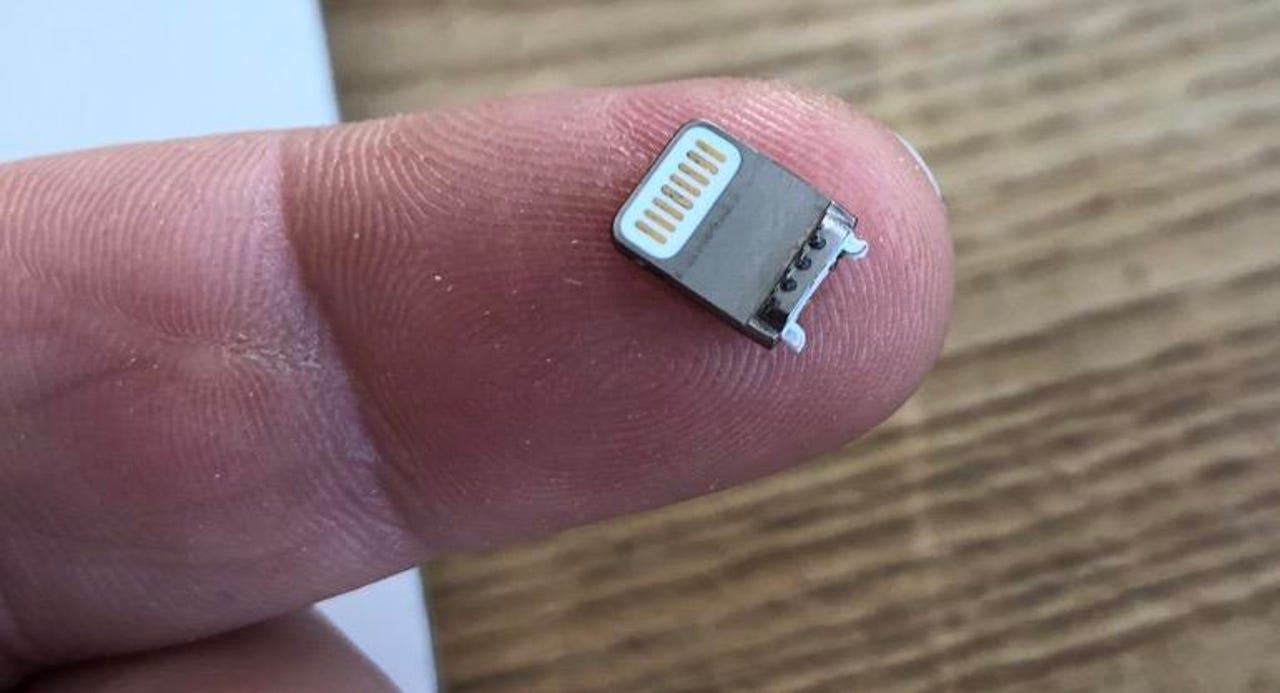'ZDNET Recommends': What exactly does it mean?
ZDNET's recommendations are based on many hours of testing, research, and comparison shopping. We gather data from the best available sources, including vendor and retailer listings as well as other relevant and independent reviews sites. And we pore over customer reviews to find out what matters to real people who already own and use the products and services we’re assessing.
When you click through from our site to a retailer and buy a product or service, we may earn affiliate commissions. This helps support our work, but does not affect what we cover or how, and it does not affect the price you pay. Neither ZDNET nor the author are compensated for these independent reviews. Indeed, we follow strict guidelines that ensure our editorial content is never influenced by advertisers.
ZDNET's editorial team writes on behalf of you, our reader. Our goal is to deliver the most accurate information and the most knowledgeable advice possible in order to help you make smarter buying decisions on tech gear and a wide array of products and services. Our editors thoroughly review and fact-check every article to ensure that our content meets the highest standards. If we have made an error or published misleading information, we will correct or clarify the article. If you see inaccuracies in our content, please report the mistake via this form.
Fake Lightning cables can damage your iPhone. Here's how to make sure yours is genuine

This breaking inside your iPhone can be the start of a bad day.
Once again, I've come across an iPhone that could have been damaged by a poor quality charging cable. The owner thought that they'd bought a genuine cable from an online retailer.
Apparently it was a "really good deal."
Also: Apple's worst product has now become one of its best
It wasn't a good deal. It was a fake.
ZDNET Recommends
And it broke off in the Lightning port after a few weeks of use.
Fortunately, I was able to remove it using a pair of surgical hemostats (a good tool to have in the toolkit).
I know that Apple charges a lot of money for replacement iPhone charging cables, and it's tempting to go looking for a "bargain," but these cheap cables rarely turn out to be bargains.
Especially if they end up damaging your iPhone.
So, how do you tell if a cable is genuine or not?
Let's take a look at some of the easiest ways to tell the difference.
Genuine Apple Lightning cable
I find that the easiest way to spot a fake is to look at the Lightning connector. On fakes, this is usually rough and unfinished, the connector on the USB end will also look cheaper and nastier. On the genuine Apple cable, the Lightning connector is clean and smooth and well-finished.
Apple products are built to tight tolerances, while the counterfeit products are not.
The Lightning connector on a genuine Apple cable is smooth and well made.
You might not have noticed, but Apple cables are marked with 'Designed by Apple in California' and either 'Assembled in China', 'Assembled in Vietnam' or 'Indústria Brasileira' on the cable, followed by a 12-digit serial number.
You'll find this printed about seven inches from the USB connector.
Apple cables have markings printed on them.
Don't want to buy a genuine Apple Lightning cable?
There are plenty of high-quality third-party cables out there, from Amazon, Anker and Nomad, so rather than buy something cheap and potentially damaging, go look for something that's decent from a reputable manufacturer, and that comes with a warranty.
